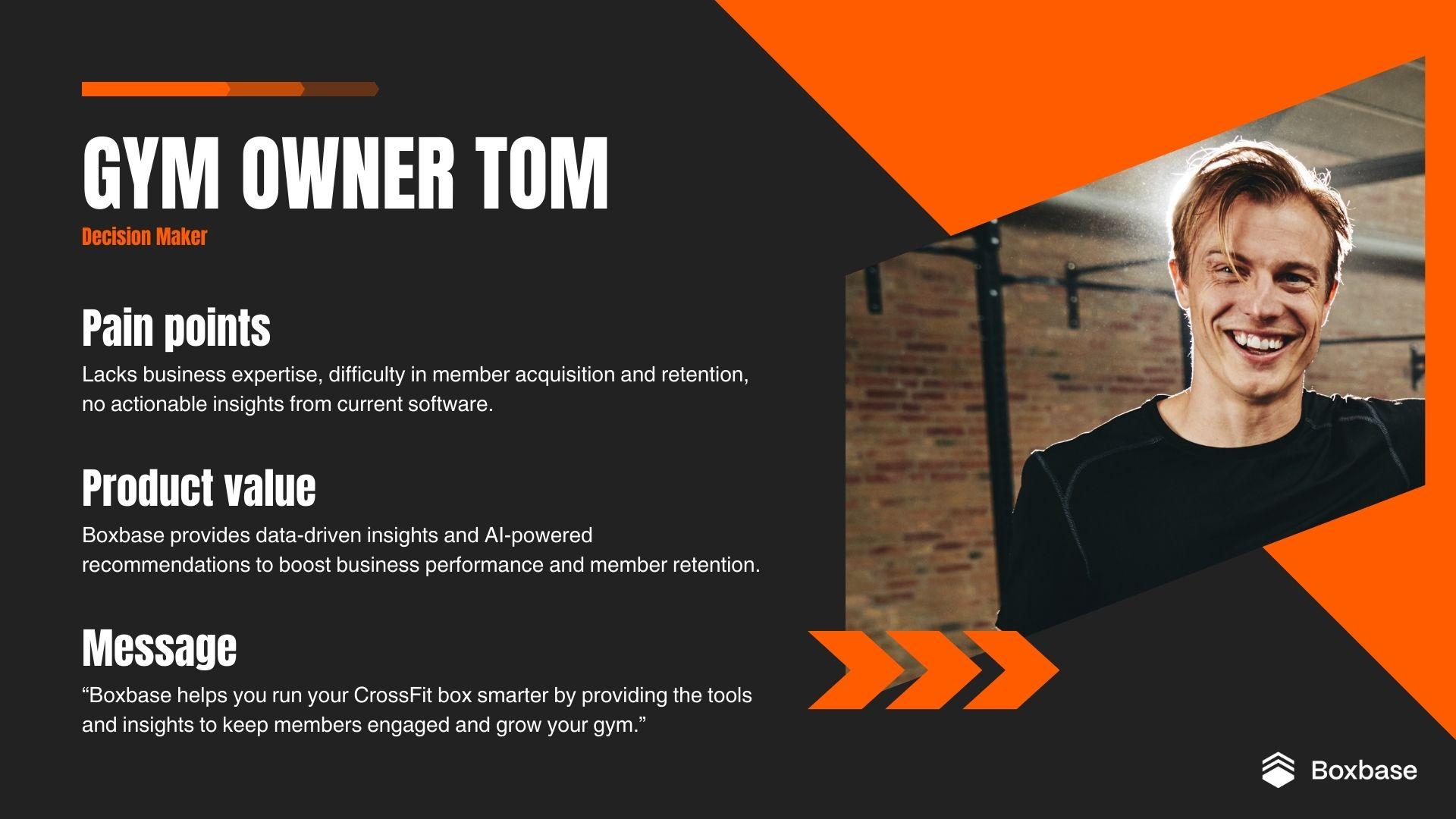The article is relevant in the context of business education and startup collaboration, showcasing how students can apply strategic concepts to real-world challenges. It highlights the importance of aligning content strategies with business goals, user needs, and brand positioning - key elements for startups aiming to grow in competitive markets like fitness tech.
The Task at Hand
This semester, our Business Strategy and Stakeholder Analysis course challenged us to bridge the gap between theory and practice by developing a content strategy for a real-world startup. Eight startups, each vying for this unique opportunity, applied via LinkedIn to be part of the course, led by Dieter Rappold. From this pool, we chose Boxbase, a next- generation gym management software with an ambitious vision of revolutionizing boutique fitness studios.
Our task was clear: craft a content strategy tailored to Boxbase’s goals, drawing on everything we had learned throughout the semester. What followed was a journey that tested our ability to think strategically, empathize with users, and turn ideas into actionable plans. This is the story of how we took those lessons and built something meaningful.
Understanding the Why
Our journey began with the “Why.” To design an effective strategy, we first needed to understand what Boxbase was aiming to achieve. In a candid meeting with the founders, Lukas and Sahin, we learned about their aspirations: to increase brand awareness in the boutique fitness community, build a loyal customer base, generate leads through targeted strategies, and position their software as a modern, must-have solution for gyms.
They also shared their long-term vision: in five years, Boxbase aims to become Europe’s leading gym management software. By ten years, they want to achieve global recognition, and in fifteen years, they see themselves as the gold standard in gym management, shaping the future of fitness communities.
With these goals in mind, we realized our task was about more than just creating a strategy – it was about laying the groundwork for a brand’s evolution.
Knowing the Audience
A content strategy is only as strong as its understanding of the audience. We began by defining three personas that represented Boxbase’s key stakeholders:
- Tom, the Gym Owner: Struggling with member retention and operational inefficiencies, Tom seeks actionable insights and tools to streamline his business.
- Robert, the Head Coach: Managing classes and daily operations, Robert needs adaptable, real-time solutions to keep things running smoothly.
- Mike, the Admin: Overwhelmed by repetitive tasks, Mike values automation to save time and focus on building member relationships.

For each persona, we mapped out a user journey – four stages that guided how Boxbase could connect with them:
- Awareness: Introduce Boxbase as the solution to their challenges through blog posts, ads, and landing pages.
- Consideration: Showcase features with webinars, case studies, and product videos to build trust.
- Decision: Convert leads with free trials, demos, and onboarding.
- Retention: Ensure satisfaction through updates, newsletters, and community events.
By deeply empathizing with these users, we could tailor the strategy to address their unique needs.
Crafting the Strategy
With the "Why" and "Who" established, it was time to focus on the "How." We built our strategy around three key pillars: Social Media, Web, and Events.
Social Media: Social media became the cornerstone of Boxbase’s outreach. We proposed a mix of content formats to engage and educate:
- Boxbase Academy: A series of short, engaging videos explaining individual features of the software.
- Customer success stories to build credibility.
- Relatable memes under #welovememes to connect with gym members and create indirect pressure on gym owners to adopt modern solutions.
Web: The website was envisioned as Boxbase’s central hub, integrating SEO, blogs, and email campaigns to attract and convert leads. We recommended publishing How-To Guides, Case Studies, and data-driven blog posts to establish authority and provide value.
Events: Beyond digital channels, events offered Boxbase an opportunity to connect face-to-face with gym owners and coaches. These events would foster trust, showcase the software’s capabilities, and build lasting relationships.
We structured these efforts into a Flywheel Model, a system where attracting, engaging, and delighting customers creates a continuous loop of growth and loyalty.

The Presentation
Our hard work culminated in a presentation to Lukas, Sahin, our classmates, and our lecturer. Structured around the pillars of Why, Who, and How, the presentation balanced strategic insights with practical examples.
The highlight was the Boxbase Academy, which illustrated how short, focused videos could make the software’s features accessible and appealing. We also shared meme templates for social engagement and visual content templates designed in Canva, giving Boxbase tools they could implement immediately.
The audience appreciated the clarity of our strategy and the actionable nature of our ideas. For us, it was a moment of pride to see our efforts resonate so strongly.
Lessons Learned
This project taught us more than just how to build a content strategy. It showed us the power of:
- Starting with the “Why”: Aligning content with the company’s goals ensures every piece has a purpose.
- Empathizing with Users: Personas and user journeys make strategies human-centric and impactful.
- Balancing Strategy and Execution: A great strategy must also be practical and ready for action.
Closing Thoughts
The journey from theory to application was challenging but deeply rewarding. Collaborating with Boxbase not only sharpened our strategic skills but also gave us the opportunity to contribute to a brand that is redefining the fitness industry.
Through this experience, we learned that great strategies don’t just connect businesses to customers – they connect people to possibilities. And that’s a lesson we’ll carry forward in every project to come.
Where to go from here #
Business Strategy for Digital Markets
References #
Boxbase - boxbase.app
Based on the lectures on Business Strategy and Stakeholder Analysis held by Dieter Rappold during the winter semester of 2023/24.

